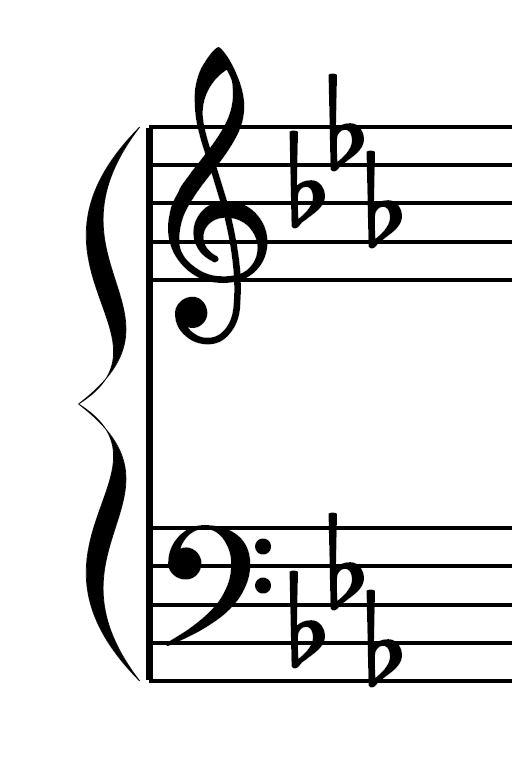

There’s 12 major scales which exist, and each has a unique set of notes. You can identify which key a piece of music is in just by looking at this display of accidentals (plus a few other factors in the music). The same applies to the B flat major scale by starting on the root note of B flat (1st fret A string) and applying the TTSTTTS formula.To minimize the number of sharp / flat signs in the music, a composer starts the piece with a ‘key signature’ – which is a display of sharps or flats which remain in effect throughout the music: For A major, starting on the root note of A (open string) we go up by a tone to the 2nd interval (B) and from there we go up another tone to the 3rd (C#), then up by a semitone to the 4th (D) and so on according to the TTSTTTS formula, until we are finally taken to the higher octave of our original starting note (A) on the 12th fret.

The fret-board diagrams below give examples with A major and B flat major scales. This formula applies to all major scales.

The major scale sequence is Tone, Tone, Semitone, Tone, Tone, Tone, Semitone (TTSTTTS for short). On the guitar a Tone is 2 frets apart while a Semitone is 1 fret apart. The major scale is made up of a sequence of Tone and Semitone spaces between its notes. So a piece of music in the key of G major will therefore be based on the G major scale, a piece in the key of D major based on the scale of D major, and so on. When a piece of music is referred to as being in a certain key, such as the key of G major, this means it is based on that scale. Major Scales – Most music (in the West) is based on the major scale.


 0 kommentar(er)
0 kommentar(er)
